Yega Xuefei Guji producing area detailed introduction to the classification of Ethiopian coffee producing area
Yejia Xuefei Guoding Village washing G1-Alim Bukato small Farmers
Variety: ancient excellent original species of Ethiopia
Baking degree: shallow baking
Treatment: washing
Flavor: as soon as it is ground like coffee flowers and egg blossoms and lemon aromas, sweet apricot leads the opening, the sour aromas of white pomelo and lemon flutter in the mouth, and the sweet and sour feel of yogurt adds layers. Finally, it ends with sweet lychee and flowers.
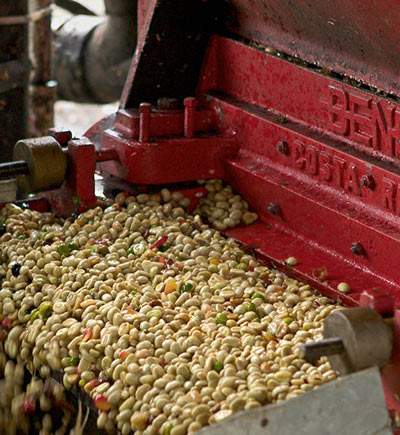
Country: Ethiopia
Producing area: Godio Jetep / Godibe
Producer: Alim Bukato smallholder
Altitude: 2000-2100 m
Annual rainfall: about 1500-2000mm
Treatment: washing, African scaffolding drying
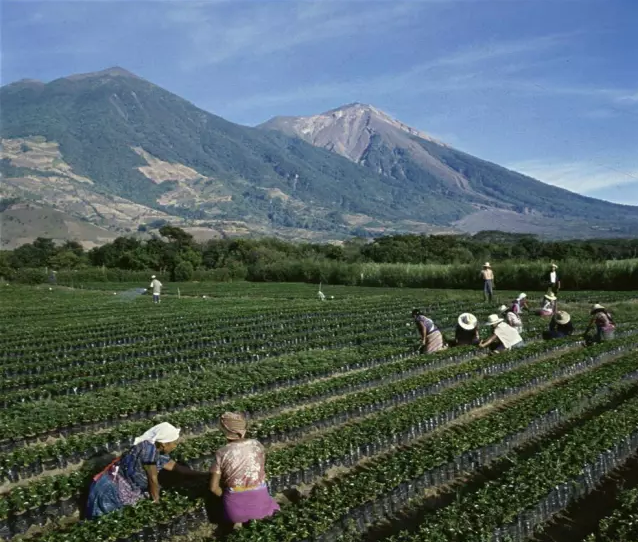
Guji Zone has always been a production area worthy of considerable attention.
The development in recent years has also confirmed that the rise of Guji producing areas is indeed the development of Ethiopia in recent years.
One of the important trends. In addition to beans from larger producing areas, such as Humbela, Shaquiso, etc.
There are also excellent beans from a processing plant or even a single manor, which is a traditional Yega Xuefei producing area.
Beyond the reach of others. What's more, in terms of innovative treatments, there will be batches of honey treatment.
In addition to the recent focus of Gesha Village, the Guji producing area has also become
An important hot spot. To understand the trends in Ethiopia, Guji can be said to be non-negligible.
Highlight.
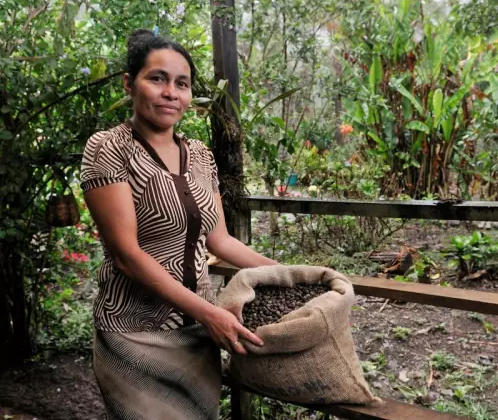
The district of Ethiopia is divided into four levels, in the order from largest to smallest
Region 、 Zone 、 Woreda 、 Kebele
Most coffee beans are named according to this rule.
The Guji-Shakisuo launched this time is located in the southeast of Yejia Sheffield, a well-known producing area.
In the administrative division
Belongs to Oromia Region → Guji Zone → Shakisso woreda
Raw coffee beans from regional sources.
Guodingding Village is the village area that was first independent a few years ago (Banko Gotitii became independent from the large Waka Cooperative in 2012).
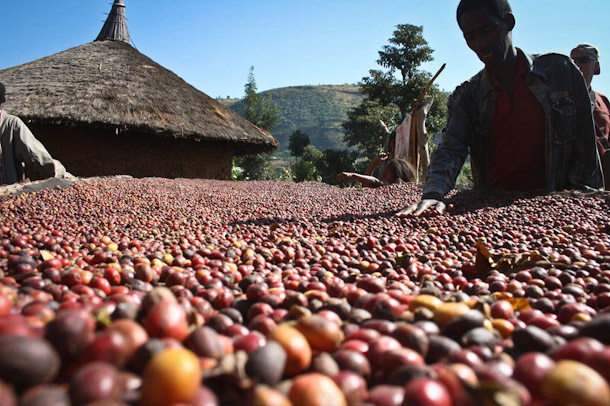
Many self-employed small farmers were also members of the Waka Cooperative at that time.
The technology of producing coffee is of course out of the question.
At present, there are about 300 farmers, they are very excellent and full of experience and wisdom of farmers!
Each person can harvest an average of 1 to 2 hectares of agricultural land.
Most of them are treated in the traditional way of tanning.
The Waka Cooperative is located in a remote area of the Yega Snow Coffee producing area.
It is 75 kilometers from the town of Dilla, the local coffee distribution center.
At first the cooperative was made up of 305 farmers
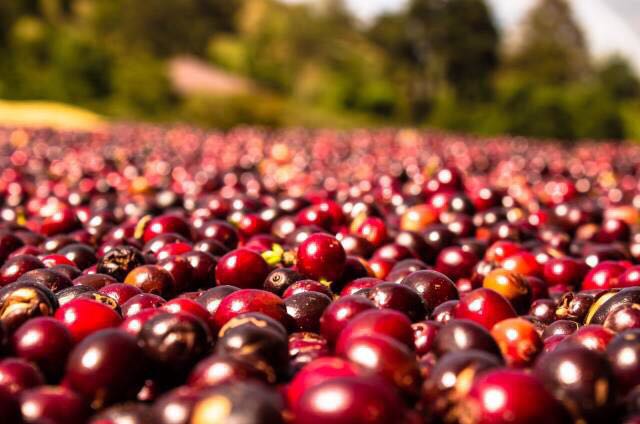
The planting area is about 763 hectares.
With an annual output of nearly 460 tons, it belongs to a smaller farmers' cooperative.
Because no chemical fertilizers and insecticides were used in the coffee planting process.
Wauka farmers have also obtained the Skal organic coffee certification recognized by the European Union.
These coffees not only have organic and fair trade certification
Some coffee even comes from coffee trees as high as 2300 meters.
Such unique local conditions create the unique flavor of these Ethiopian coffee.
Important Notice :
前街咖啡 FrontStreet Coffee has moved to new addredd:
FrontStreet Coffee Address: 315,Donghua East Road,GuangZhou
Tel:020 38364473
- Prev
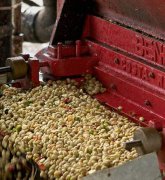
Introduction to the Flavor of washed Coffee beans from Alim Bukato, Guoding Village, Yejia Feifei
Yega Xuefei Fruit Ding Village washed G1 Alim Bukato small Farmers Variety: Ethiopia ancient excellent original species baking degree: shallow baking method: washing flavor: as soon as it is ground like coffee blossoms and egg blossoms and lemon aromas come to the nostrils, the sweet apricot leads the opening, the sour aromas of white pomelo and lemon flutter in the mouth, and the sweet and sour feeling of yogurt adds layers.
- Next

Introduction to the Lion King Coffee Bean Flavor Manor of the Sidamoshilsa Cooperative
Sidamo Lion King Solar G1 varieties: local native species baking degree: shallow baking treatment: sun treatment grade: G1 flavor: dry aroma: wild ginger flower, jasmine flower, honey, wheat flavor, lemon peel aroma wet fragrance: honey sweetness, more flowers, maple syrup aroma, creamy flavor, citrus sipping: strong fruit tone, cantaloupe, strawberry, peach, Cheng
Related
- Detailed explanation of Jadeite planting Land in Panamanian Jadeite Manor introduction to the grading system of Jadeite competitive bidding, Red bid, Green bid and Rose Summer
- Story of Coffee planting in Brenka region of Costa Rica Stonehenge Manor anaerobic heavy honey treatment of flavor mouth
- What's on the barrel of Blue Mountain Coffee beans?
- Can American coffee also pull flowers? How to use hot American style to pull out a good-looking pattern?
- Can you make a cold extract with coffee beans? What is the right proportion for cold-extracted coffee formula?
- Indonesian PWN Gold Mandrine Coffee Origin Features Flavor How to Chong? Mandolin coffee is American.
- A brief introduction to the flavor characteristics of Brazilian yellow bourbon coffee beans
- What is the effect of different water quality on the flavor of cold-extracted coffee? What kind of water is best for brewing coffee?
- Why do you think of Rose Summer whenever you mention Panamanian coffee?
- Introduction to the characteristics of authentic blue mountain coffee bean producing areas? What is the CIB Coffee Authority in Jamaica?

